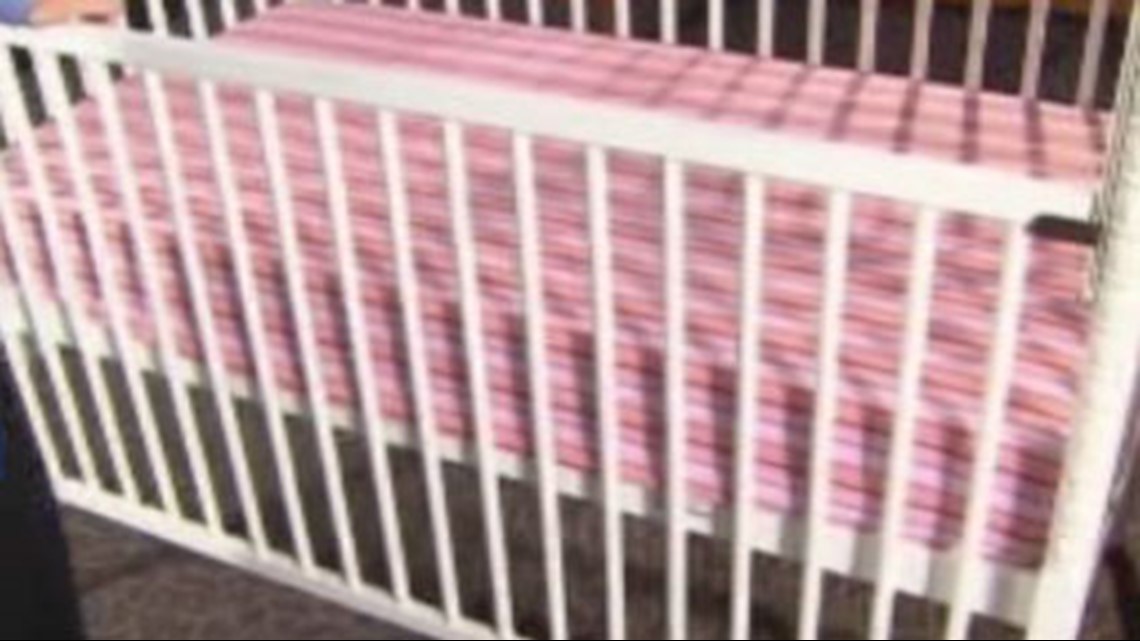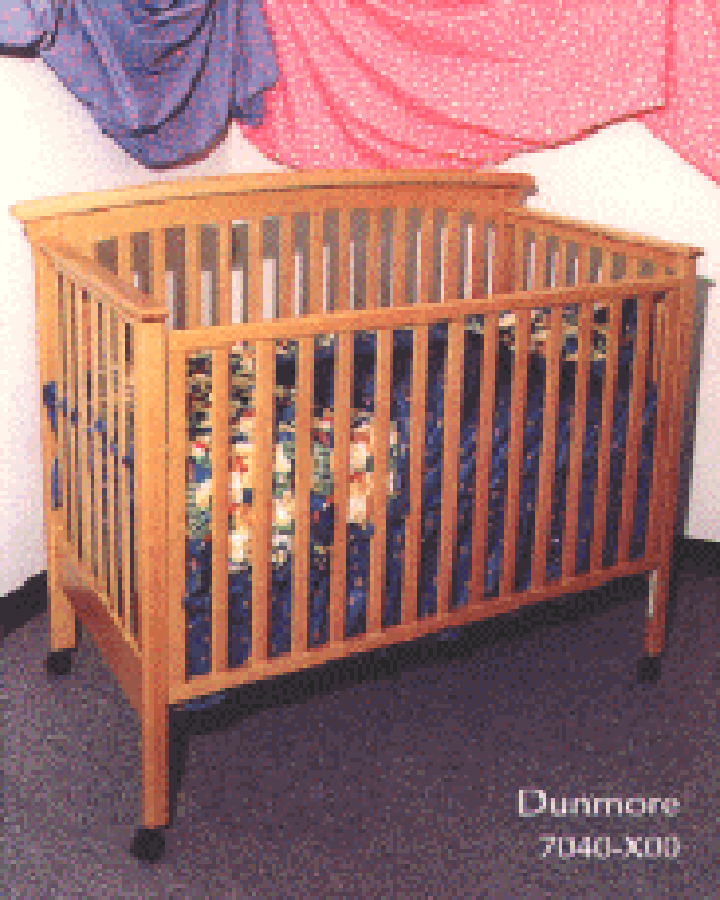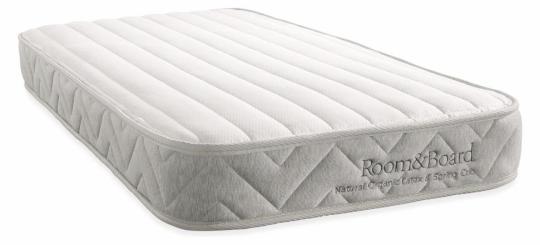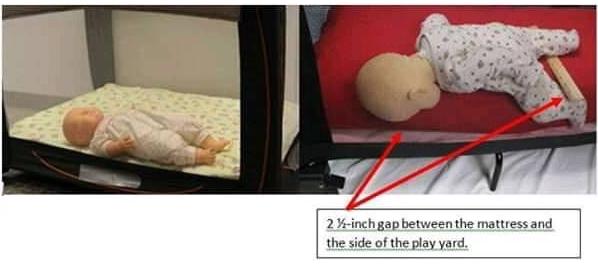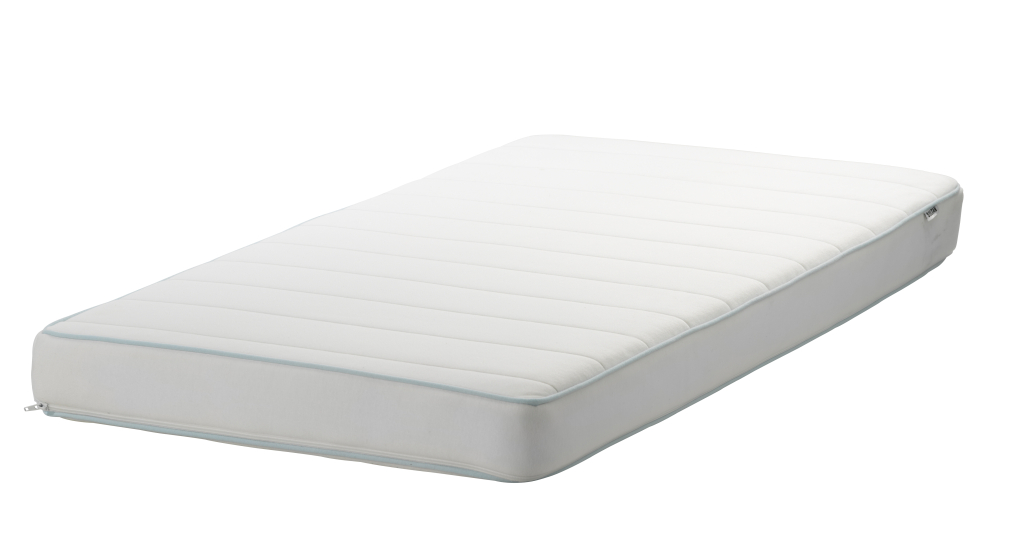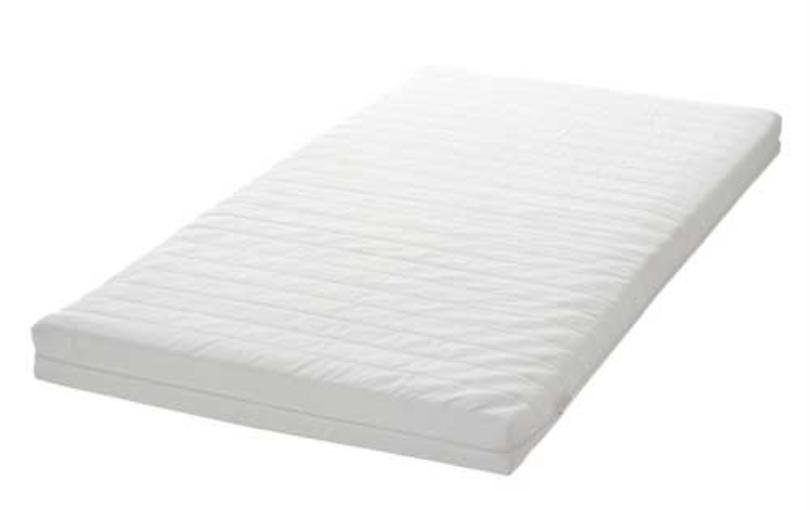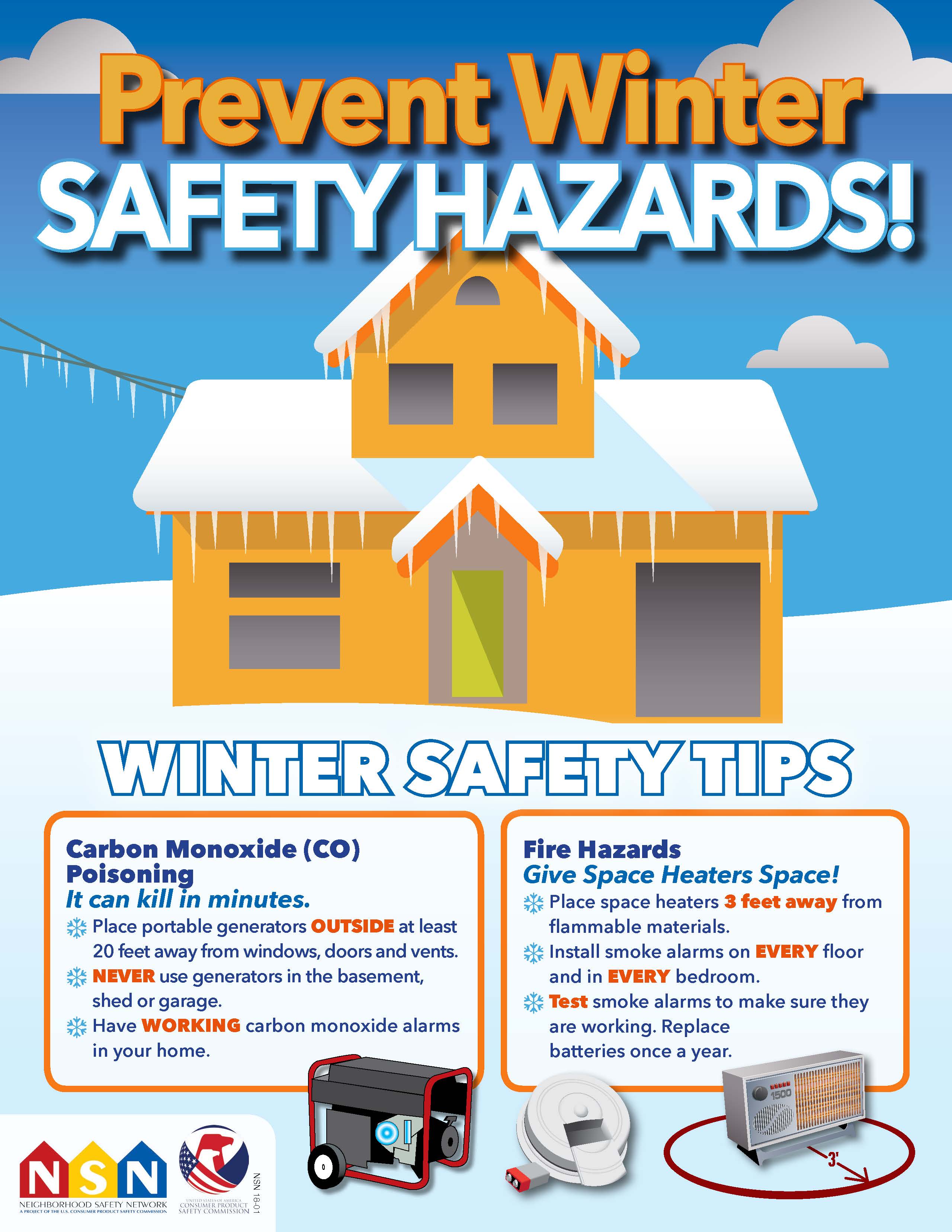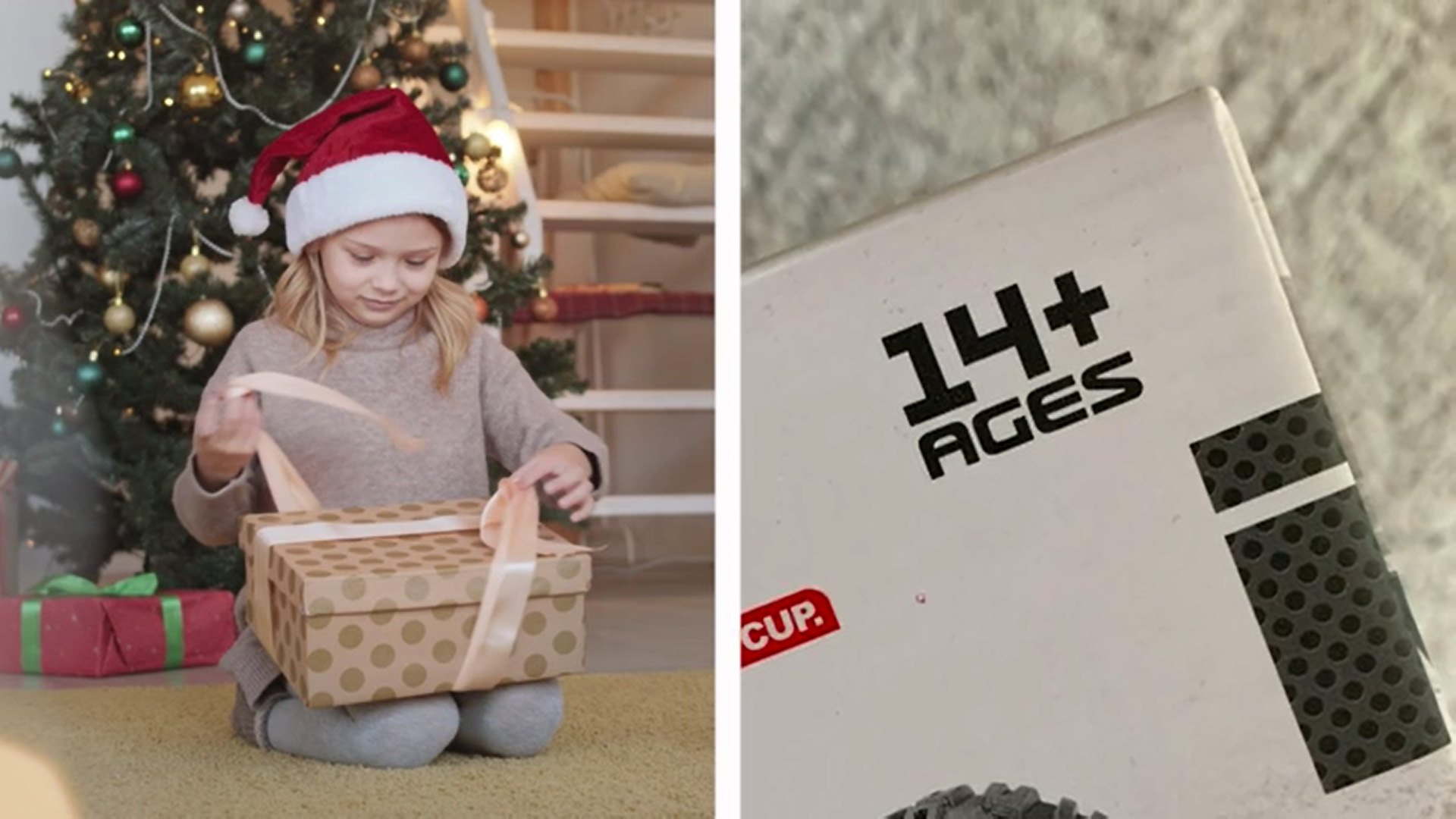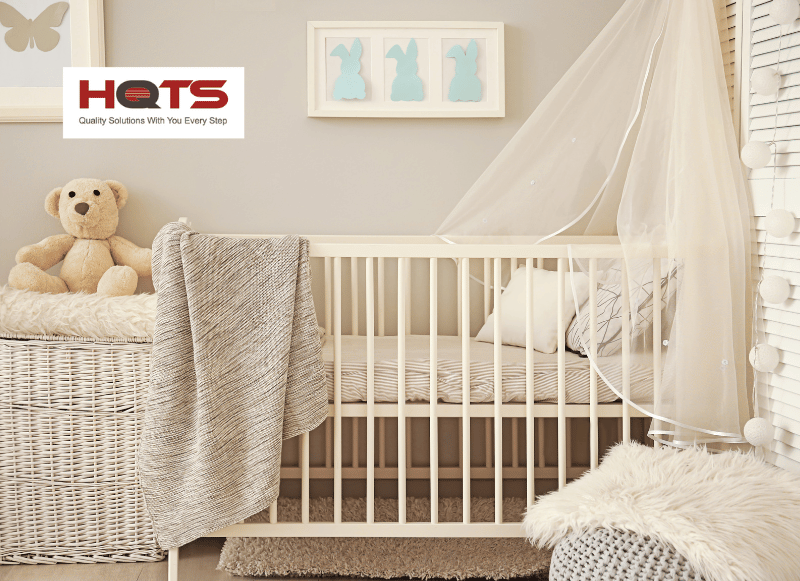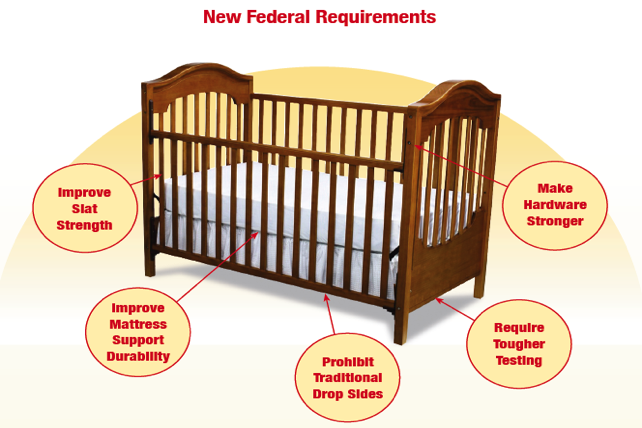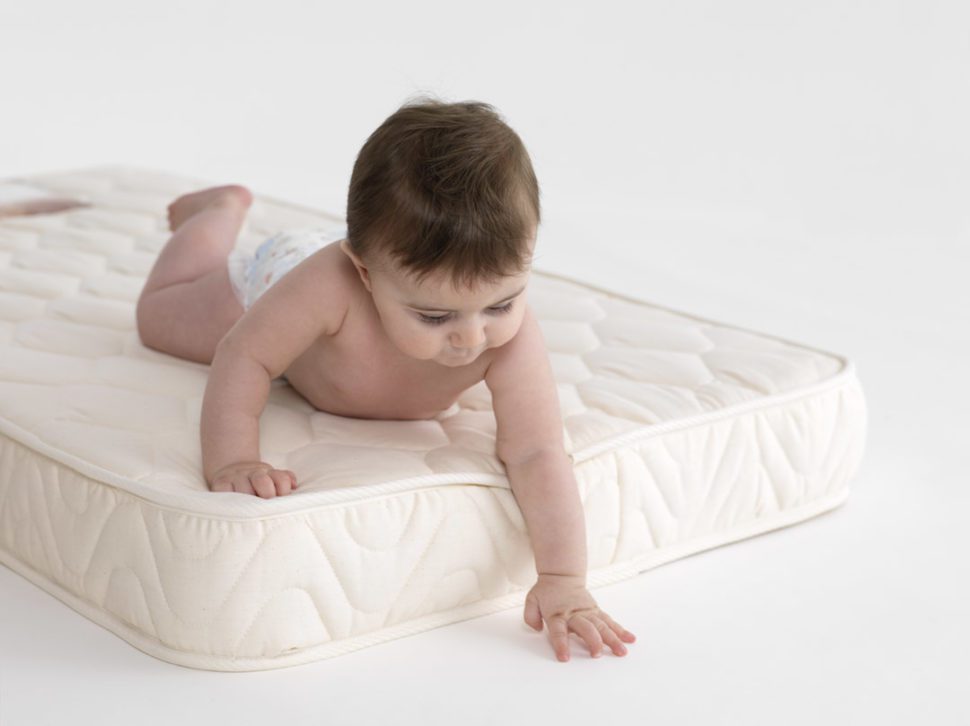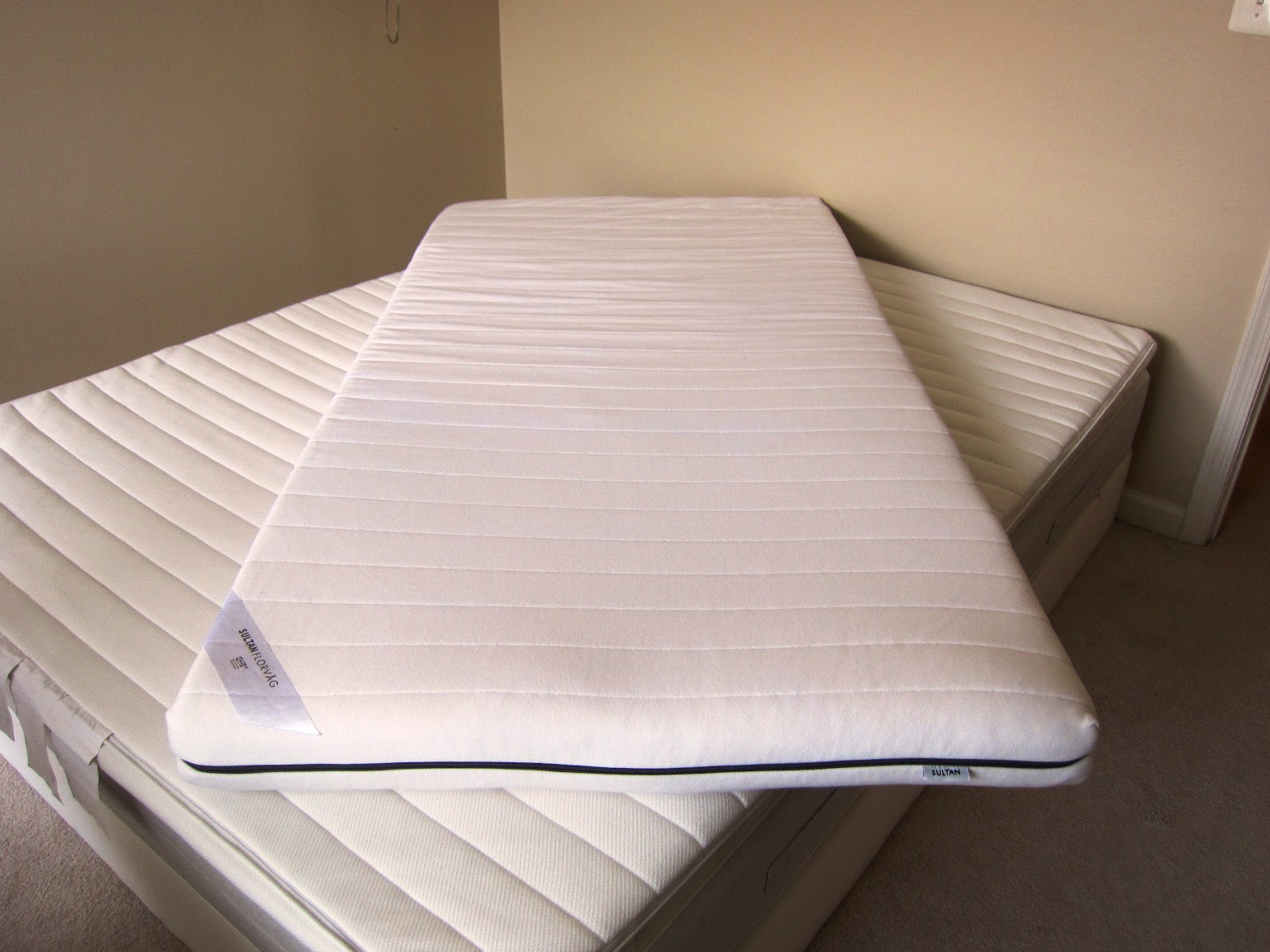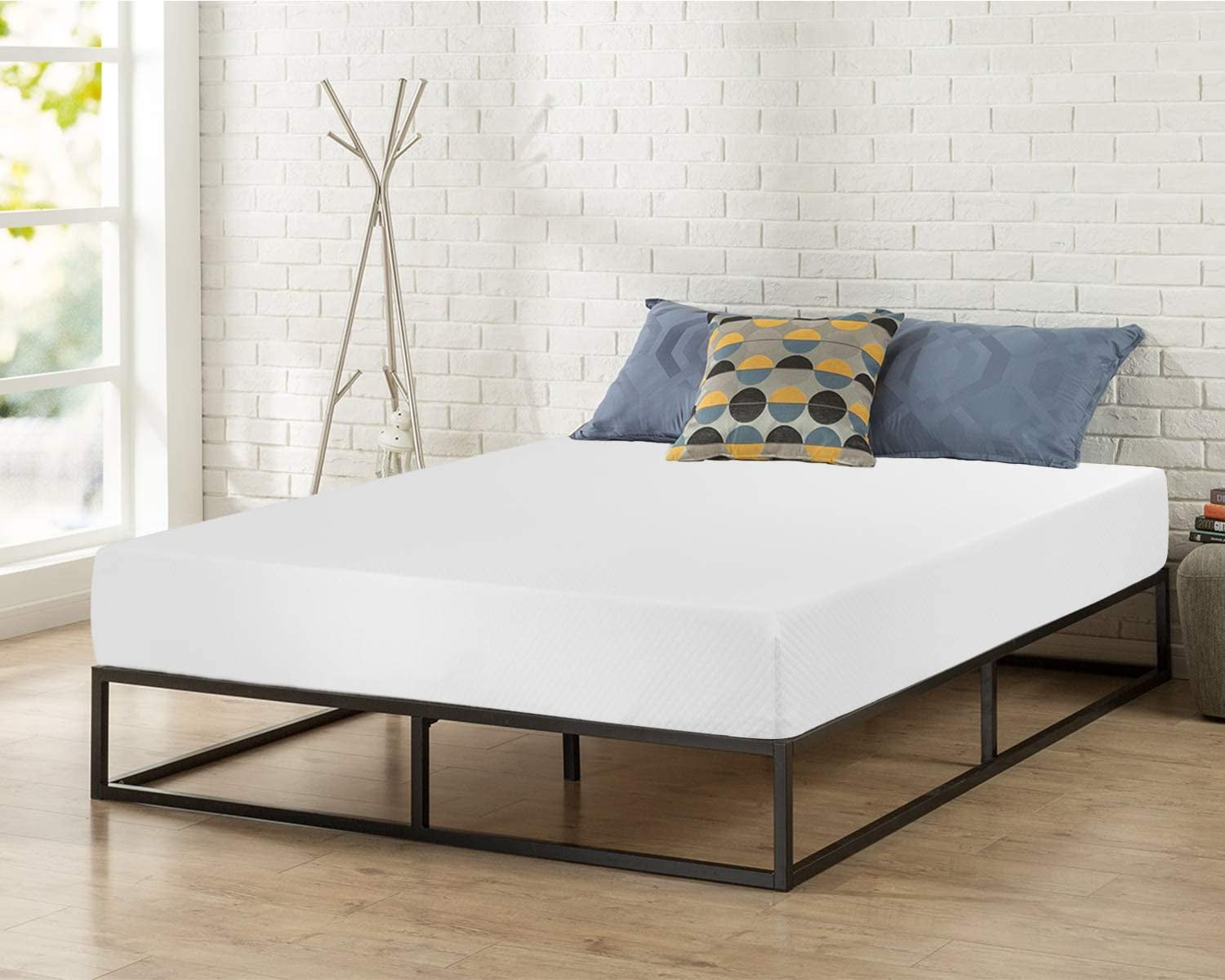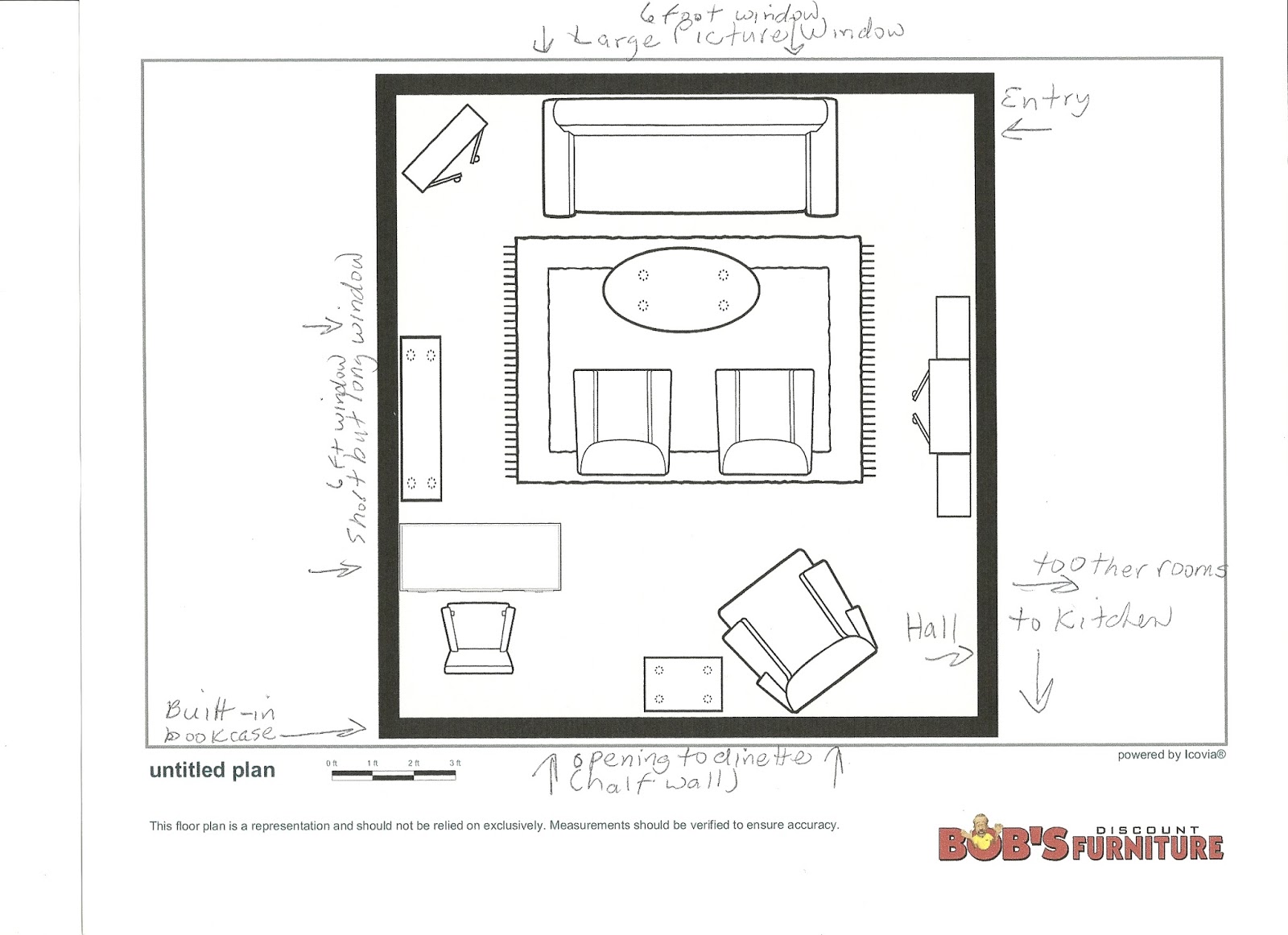The Consumer Product Safety Commission (CPSC) is a federal agency responsible for ensuring the safety of consumer products, including crib mattresses. They have established several safety standards that must be met by all crib mattress manufacturers in order for their products to be sold in the United States. These standards cover a range of potential hazards, from suffocation and entrapment risks to flammability and chemical safety. It is important for parents to be aware of these regulations and ensure that the crib mattress they purchase meets all of the necessary standards to keep their baby safe while sleeping.Consumer Product Safety Commission (CPSC) Crib Mattress Safety Standards
The American Academy of Pediatrics (AAP) is a professional organization of pediatricians dedicated to promoting the health and well-being of children. They have also established guidelines for safe sleep practices, including recommendations for crib mattress safety. These guidelines include using a firm, flat mattress with a tight-fitting sheet, and avoiding any soft bedding or objects in the crib that could pose a suffocation or strangulation risk. It is important for parents to follow these guidelines to reduce the risk of Sudden Infant Death Syndrome (SIDS) and other sleep-related infant deaths.American Academy of Pediatrics (AAP) Crib Mattress Safety Guidelines
The American Society for Testing and Materials (ASTM) is a global organization that develops and publishes voluntary technical standards for a wide range of products, including crib mattresses. These standards are often used by the CPSC to establish their mandatory regulations. The ASTM crib mattress safety standards cover areas such as mattress firmness, structural integrity, and flammability. Manufacturers who follow these standards can receive certification from the CPSC, indicating that their products meet all necessary safety requirements.ASTM International Crib Mattress Safety Standards
In addition to safety standards set by the CPSC and ASTM, all crib mattresses must also comply with federal flammability standards. These regulations are intended to reduce the risk of fire in the event of a mattress catching on fire, and they apply to all mattresses sold in the United States. Manufacturers must use flame-retardant materials or treatments to meet these standards, and all crib mattresses must be labeled as compliant with the flammability regulations. This is another important factor for parents to consider when purchasing a crib mattress for their baby.Federal Crib Mattress Flammability Standards
The CPSC also has specific labeling requirements for crib mattresses, which must be visible and legible to consumers. These labels include important safety information, such as warnings about suffocation and entrapment risks, as well as the manufacturer's name, model number, and date of production. It is important for parents to carefully read and follow these labels when setting up their baby's crib and using the mattress. Failure to do so could put the baby at risk and also make the product non-compliant with the CPSC's safety regulations.CPSC Crib Mattress Labeling Requirements
In order for a crib mattress to be sold in the United States, it must go through a rigorous testing and certification process established by the CPSC. This process evaluates the mattress for safety hazards such as suffocation, entrapment, and flammability risks. Manufacturers must submit their products to an accredited third-party testing laboratory for evaluation. If the mattress passes all necessary tests and meets the required standards, it can then be certified by the CPSC and legally sold in the US market.CPSC Crib Mattress Testing and Certification Process
Despite strict safety regulations and testing, there have been instances where crib mattresses have been found to pose a safety risk and have been recalled by the CPSC. These recalls may be due to issues with design, materials, or manufacturing defects that could potentially harm a baby. It is important for parents to stay informed about any recalls or safety alerts related to their crib mattress. They can do so by regularly checking the CPSC's website and registering their product with the manufacturer to receive notifications in case of a recall.CPSC Crib Mattress Recalls and Safety Alerts
In addition to following safety guidelines and purchasing a compliant mattress, there are other steps parents can take to ensure their baby's crib is a safe sleep environment. These tips include:CPSC Crib Mattress Safety Tips for Parents
Manufacturers are responsible for ensuring that their crib mattresses meet all safety regulations before they are sold to consumers. This includes conducting thorough testing, using safe materials and design features, and properly labeling their product. If a manufacturer's crib mattress is found to be non-compliant with safety standards, they may face penalties and recalls. It is important for manufacturers to prioritize the safety of their products and comply with all necessary regulations to protect the well-being of infants using their mattresses.CPSC Crib Mattress Safety Regulations for Manufacturers
In addition to manufacturers, retailers also have a responsibility to ensure that the crib mattresses they sell meet all necessary safety standards. This includes properly labeling and storing the products, as well as checking for any recalls or safety alerts. Retailers should also educate their customers about safe sleep practices and the importance of using a compliant crib mattress. By working together with manufacturers and consumers, retailers can play a significant role in promoting crib mattress safety.CPSC Crib Mattress Safety Standards for Retailers
Crib Mattress Safety Regulations: Ensuring a Safe Sleep Environment for Your Baby

Why Crib Mattress Safety is Important
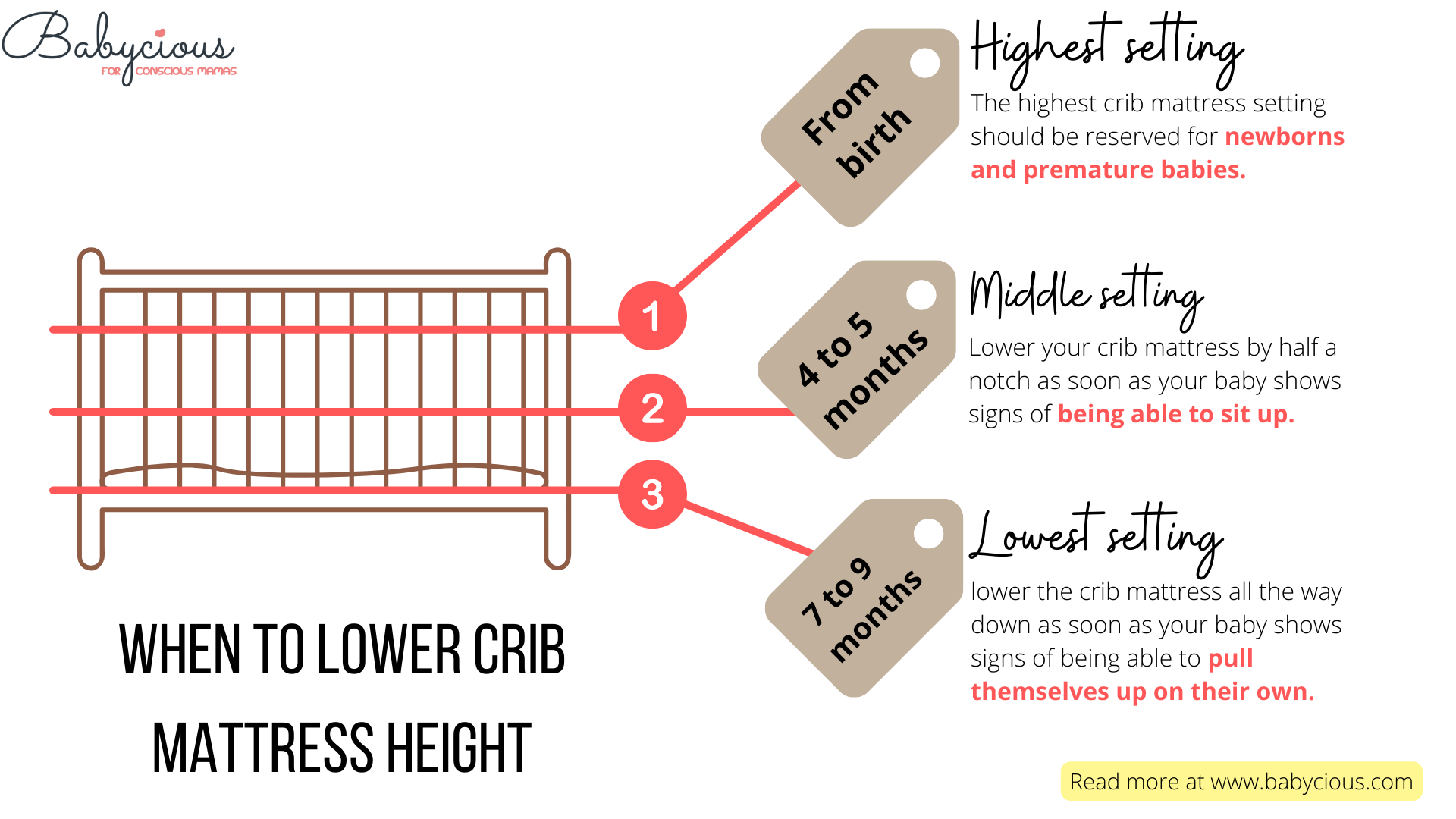 One of the most important purchases for any new parent is a crib mattress. After all, your baby will be spending a significant amount of time sleeping on it during their first few years of life. However, with so many options on the market, it's important to understand the safety regulations that are in place to ensure your child's well-being while they sleep.
One of the most important purchases for any new parent is a crib mattress. After all, your baby will be spending a significant amount of time sleeping on it during their first few years of life. However, with so many options on the market, it's important to understand the safety regulations that are in place to ensure your child's well-being while they sleep.
The Importance of Certifications
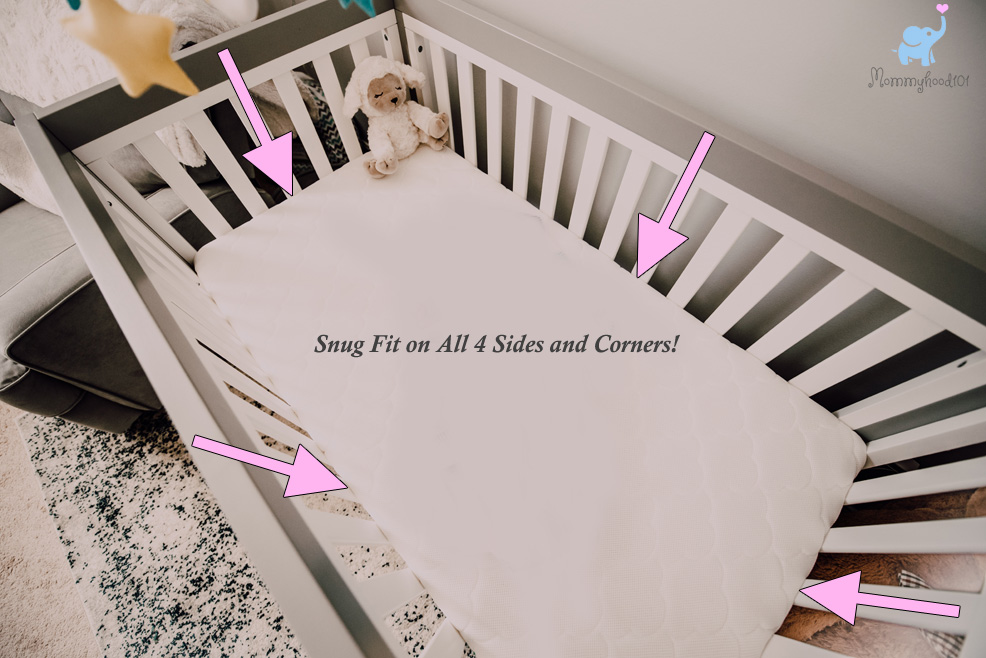 When shopping for a crib mattress, it's crucial to look for certifications that guarantee the safety and quality of the product. One of the most well-known certifications is the
Certified Organic
label, which ensures that the mattress is made with
organic materials
and does not contain harmful chemicals. Other important certifications to look for include
Greenguard Gold
and
CertiPUR-US
, which test for
low emissions
and
non-toxic materials
, respectively.
When shopping for a crib mattress, it's crucial to look for certifications that guarantee the safety and quality of the product. One of the most well-known certifications is the
Certified Organic
label, which ensures that the mattress is made with
organic materials
and does not contain harmful chemicals. Other important certifications to look for include
Greenguard Gold
and
CertiPUR-US
, which test for
low emissions
and
non-toxic materials
, respectively.
Firmness and Fit
 According to the
American Academy of Pediatrics
, a firm mattress is the safest choice for babies to sleep on. This helps prevent the risk of suffocation and Sudden Infant Death Syndrome (SIDS). When choosing a crib mattress, make sure it fits snugly in the crib with no gaps between the mattress and the crib frame. This will prevent your baby from getting trapped and ensures a safe sleep environment.
According to the
American Academy of Pediatrics
, a firm mattress is the safest choice for babies to sleep on. This helps prevent the risk of suffocation and Sudden Infant Death Syndrome (SIDS). When choosing a crib mattress, make sure it fits snugly in the crib with no gaps between the mattress and the crib frame. This will prevent your baby from getting trapped and ensures a safe sleep environment.
Waterproof and Breathable Materials
 Babies are known to make messes, and a crib mattress is no exception. That's why it's recommended to choose a waterproof mattress or purchase a waterproof cover for your mattress. This not only makes clean-up easier but also prevents mold and bacteria growth. Additionally, look for mattresses made with breathable materials such as
organic cotton
or
bamboo
to prevent overheating and promote a comfortable sleep for your little one.
Babies are known to make messes, and a crib mattress is no exception. That's why it's recommended to choose a waterproof mattress or purchase a waterproof cover for your mattress. This not only makes clean-up easier but also prevents mold and bacteria growth. Additionally, look for mattresses made with breathable materials such as
organic cotton
or
bamboo
to prevent overheating and promote a comfortable sleep for your little one.
Regularly Check for Wear and Tear
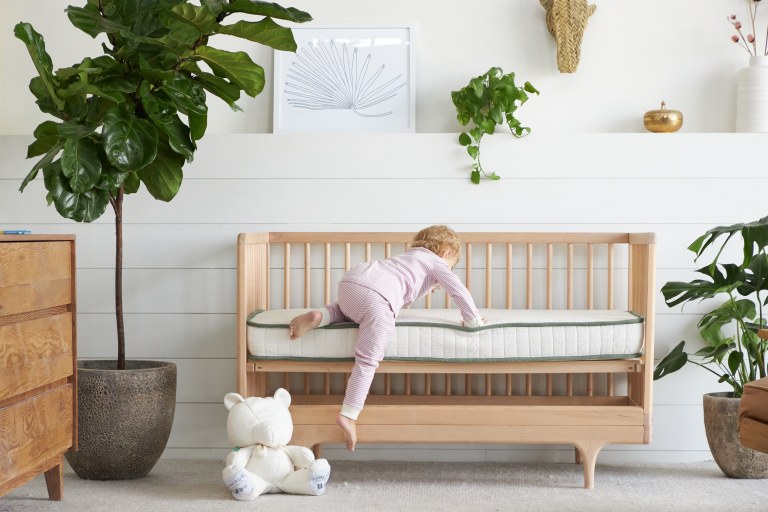 Just like any other product, crib mattresses also have a lifespan. It's important to regularly check for any signs of wear and tear, such as sagging or tears in the cover. If you notice any damage, it's time to replace the mattress to ensure your baby's safety while they sleep.
Just like any other product, crib mattresses also have a lifespan. It's important to regularly check for any signs of wear and tear, such as sagging or tears in the cover. If you notice any damage, it's time to replace the mattress to ensure your baby's safety while they sleep.
In Conclusion
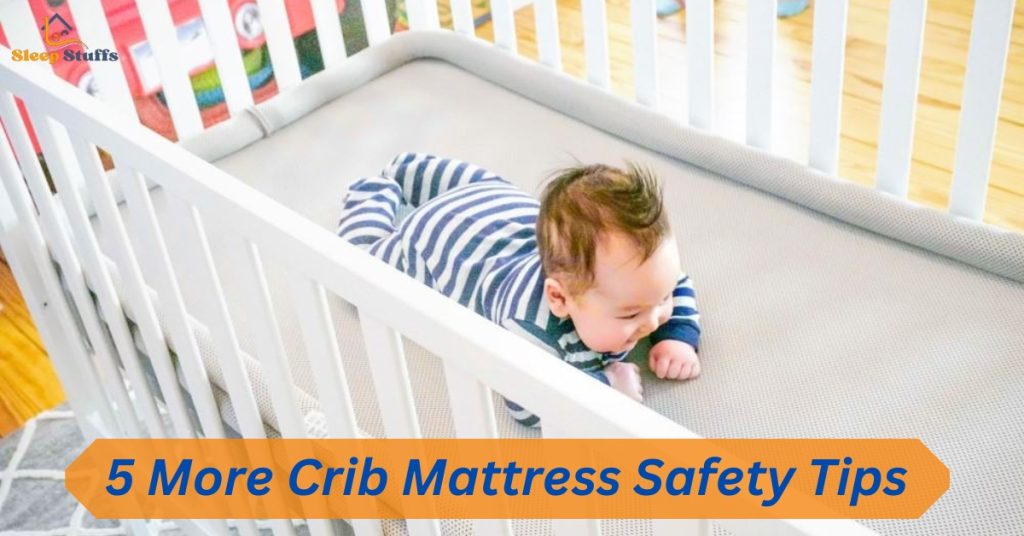 As a new parent, your baby's safety is your top priority. By following these crib mattress safety regulations and choosing a certified, firm, and properly fitting mattress made with safe and breathable materials, you can rest assured that your little one is sleeping in a safe and healthy environment.
As a new parent, your baby's safety is your top priority. By following these crib mattress safety regulations and choosing a certified, firm, and properly fitting mattress made with safe and breathable materials, you can rest assured that your little one is sleeping in a safe and healthy environment.
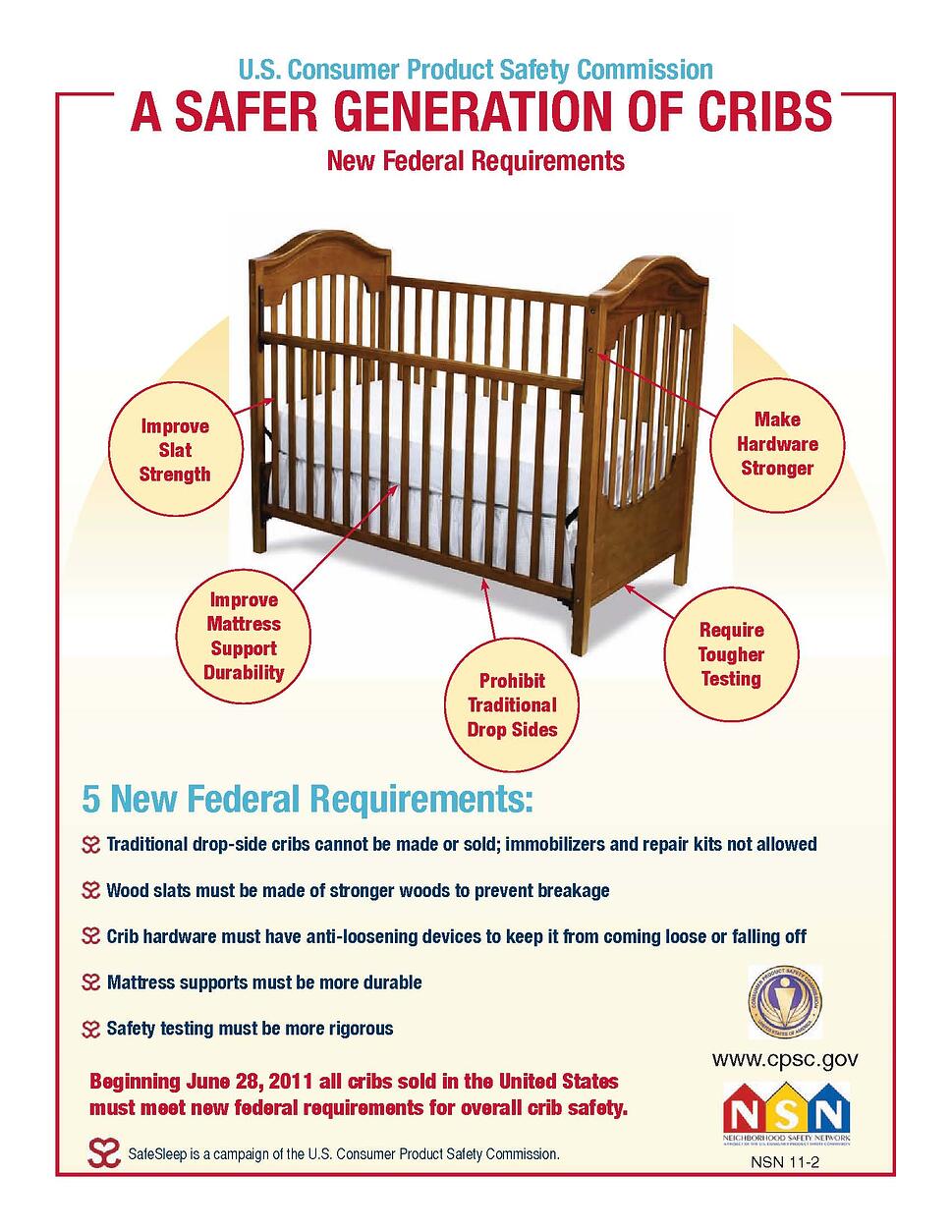
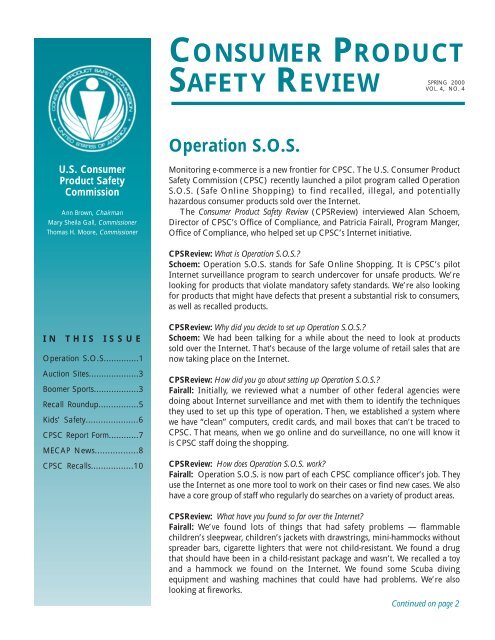
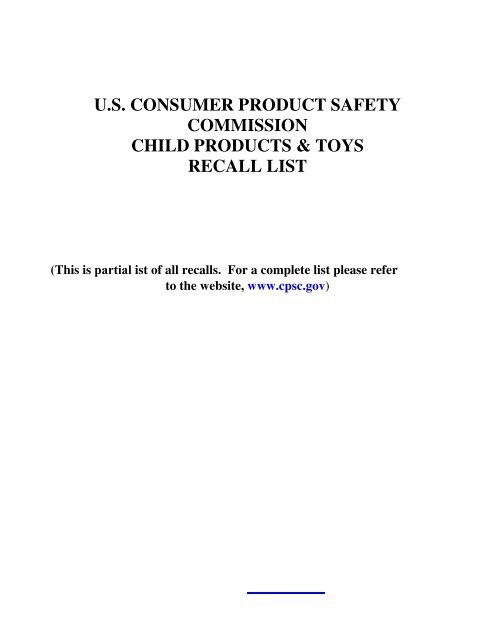


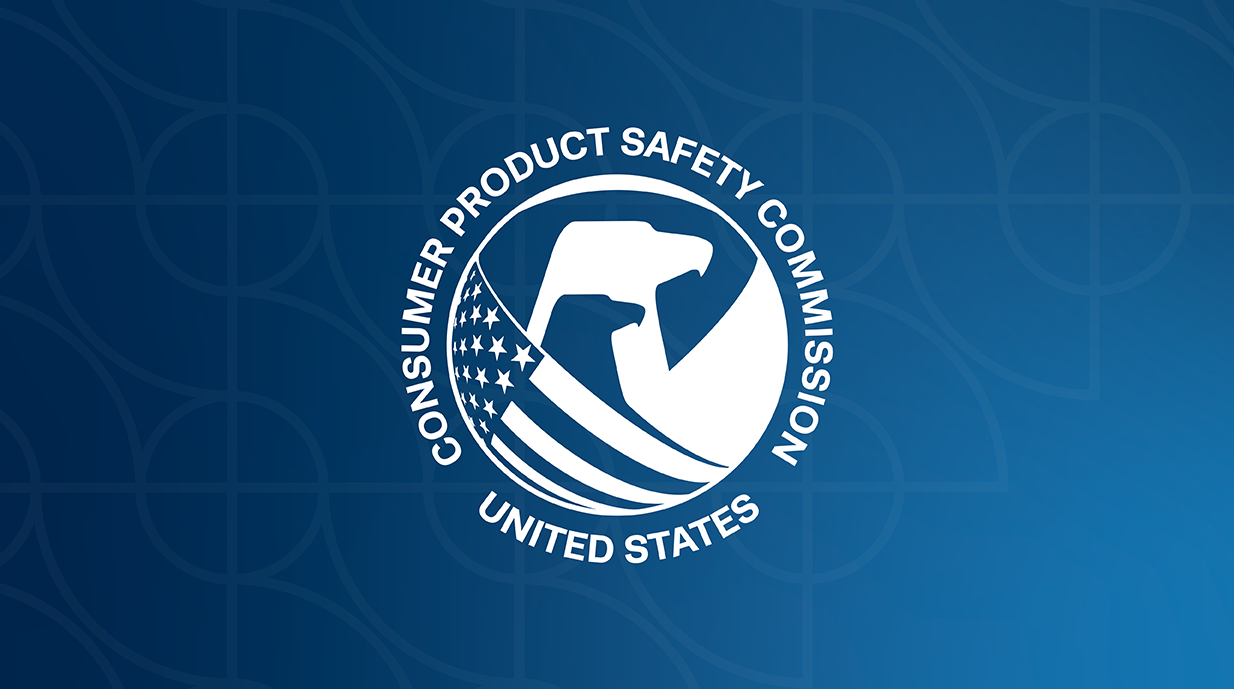
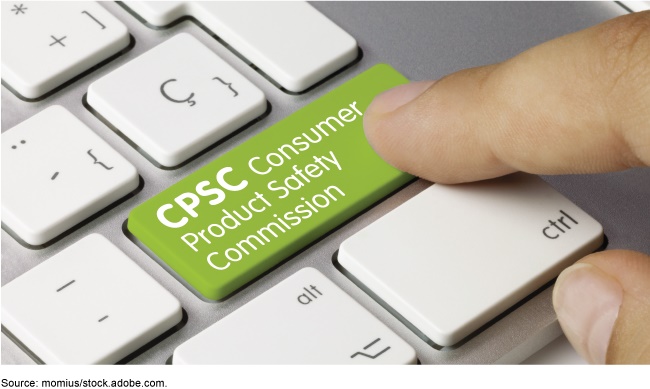
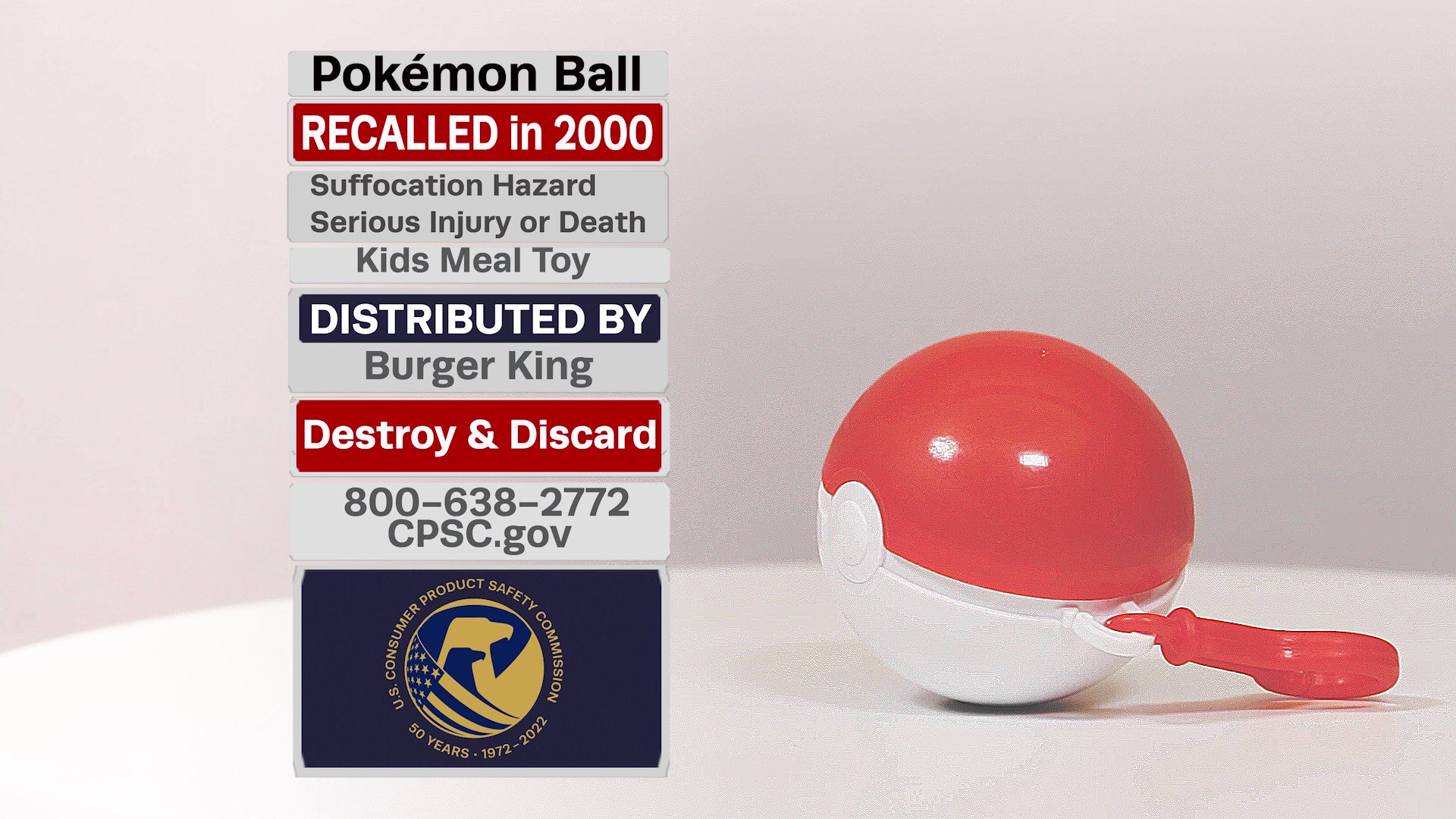
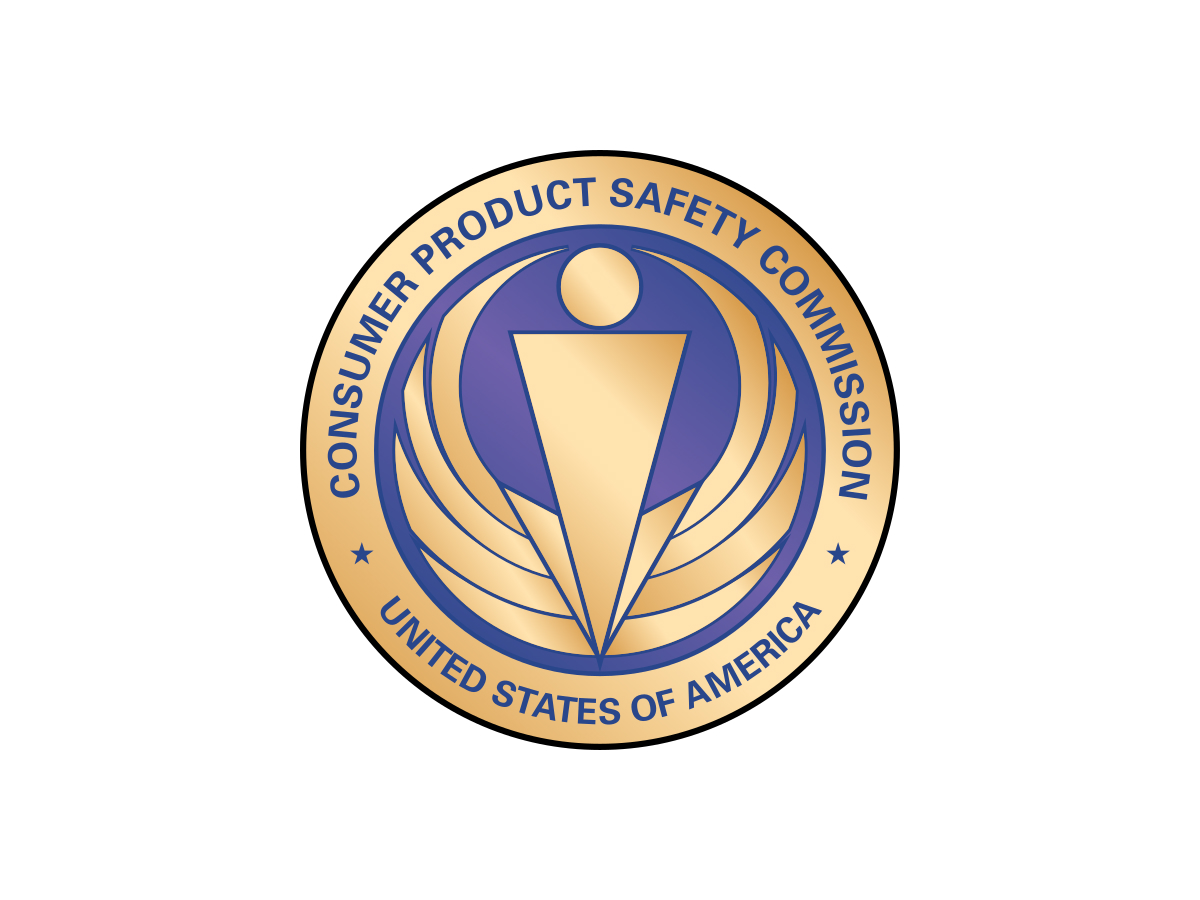
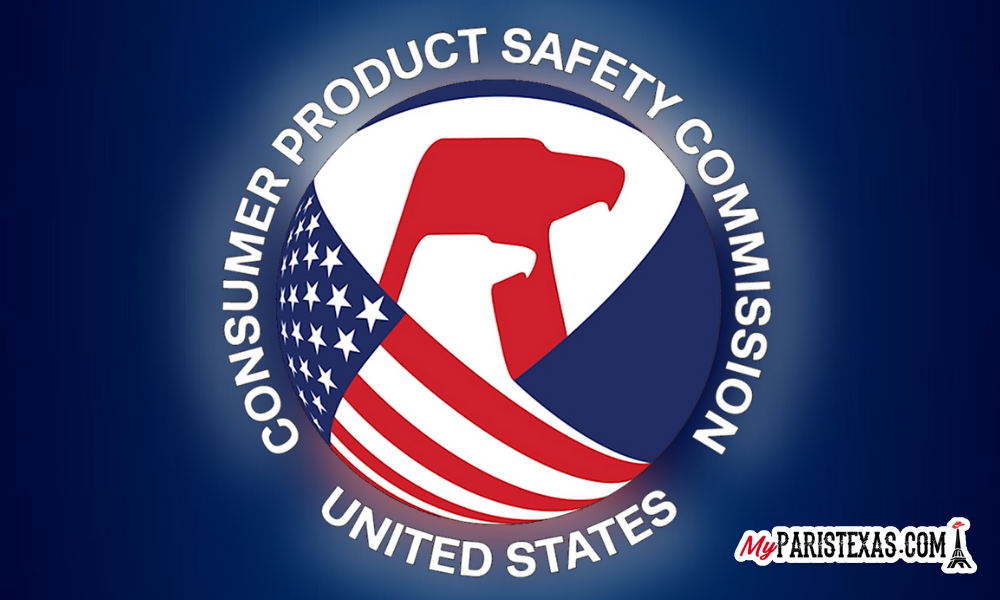










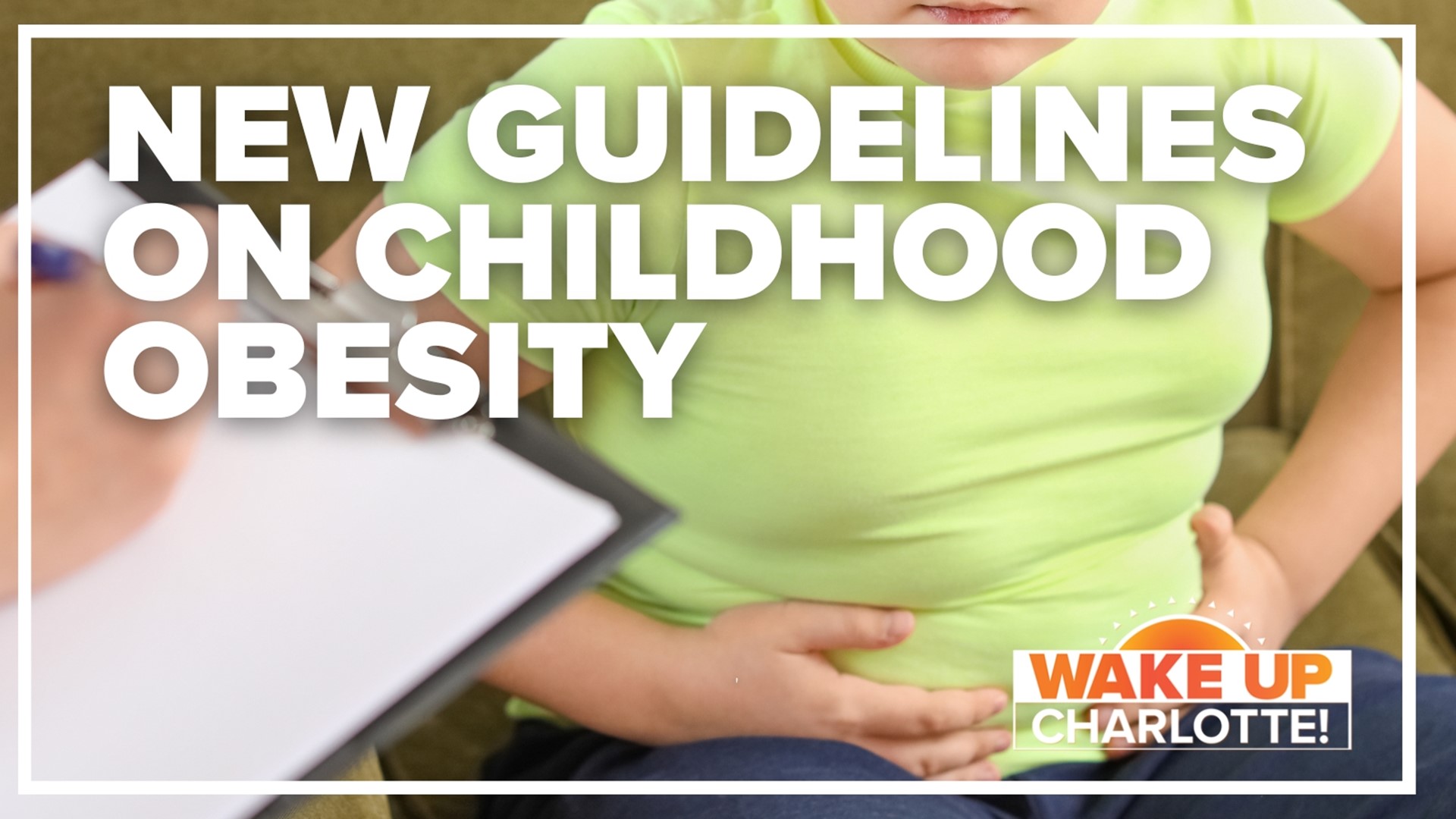


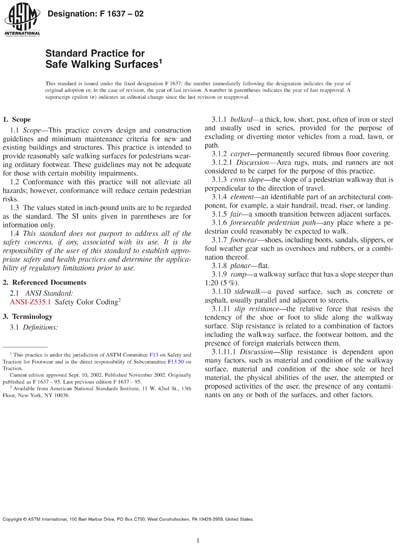

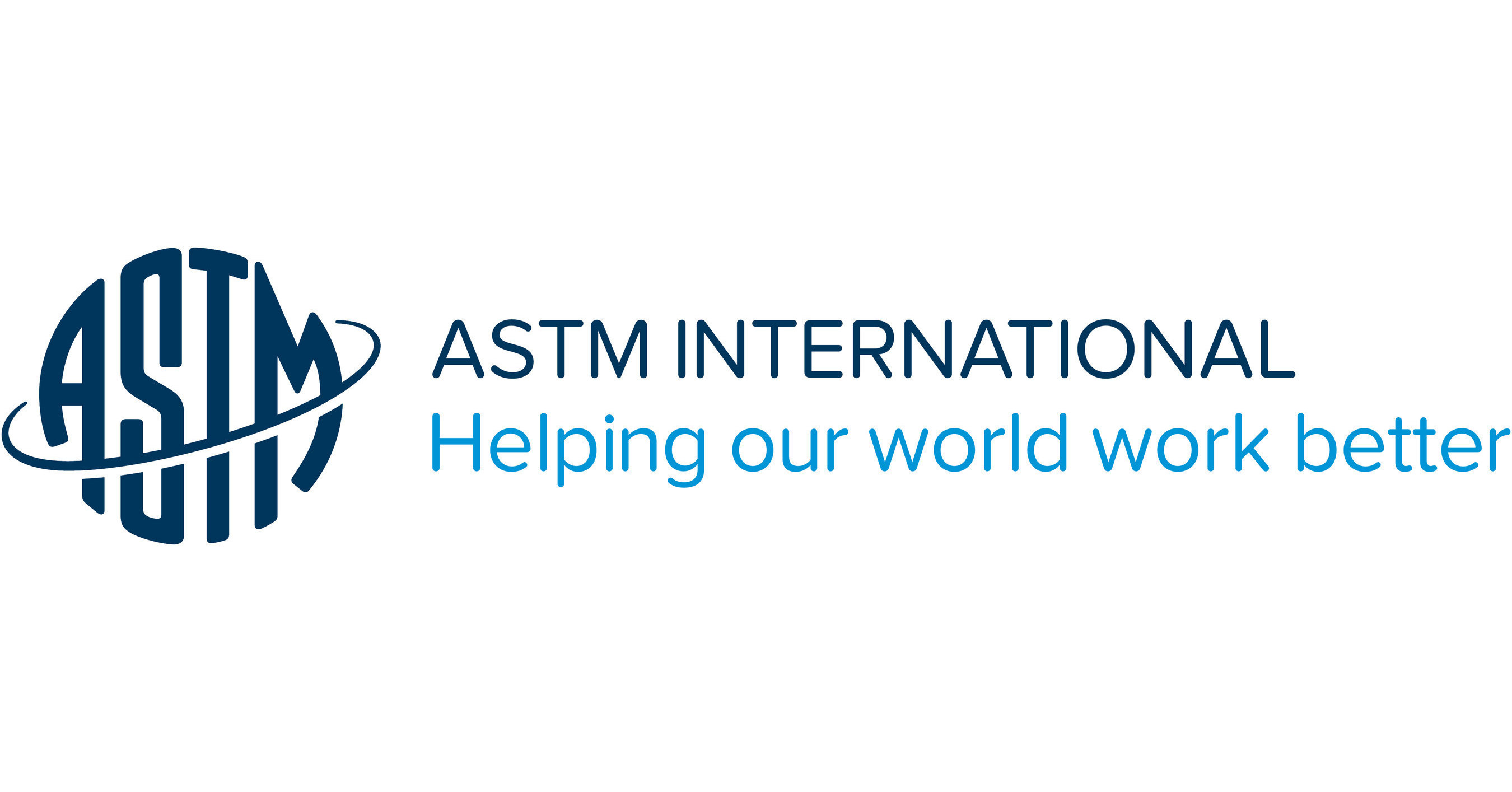

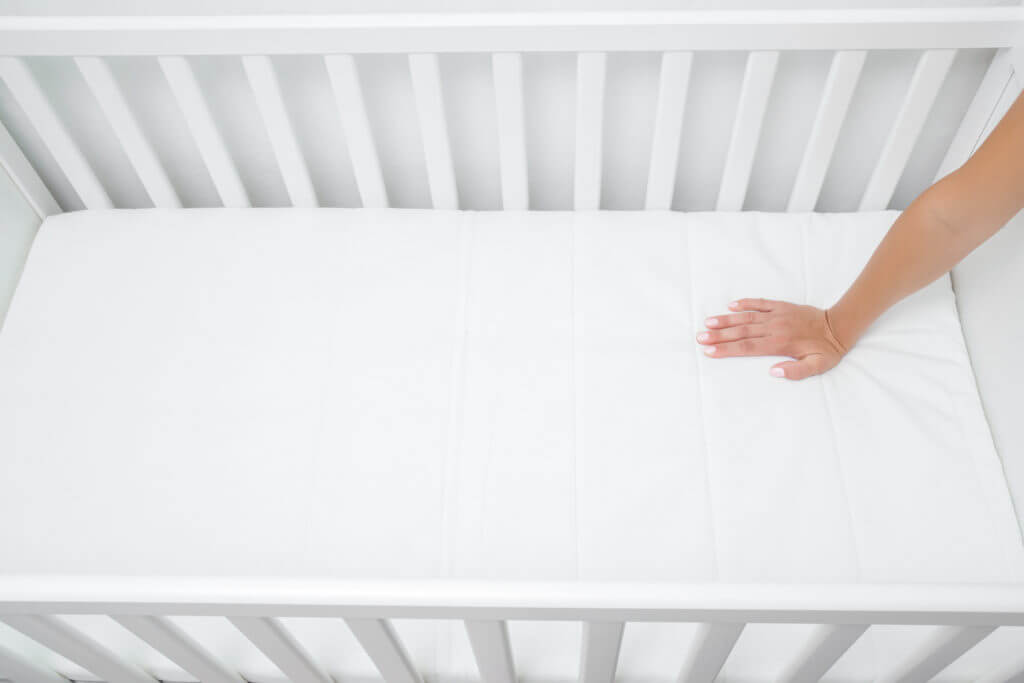



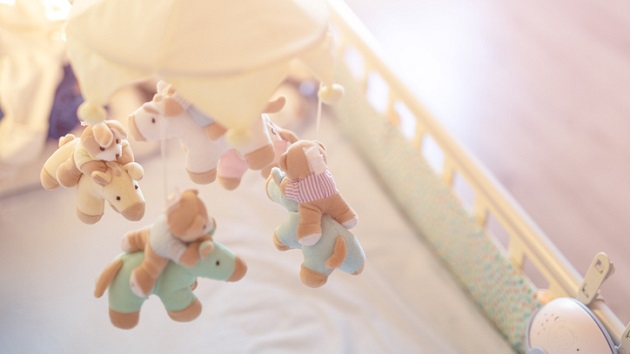



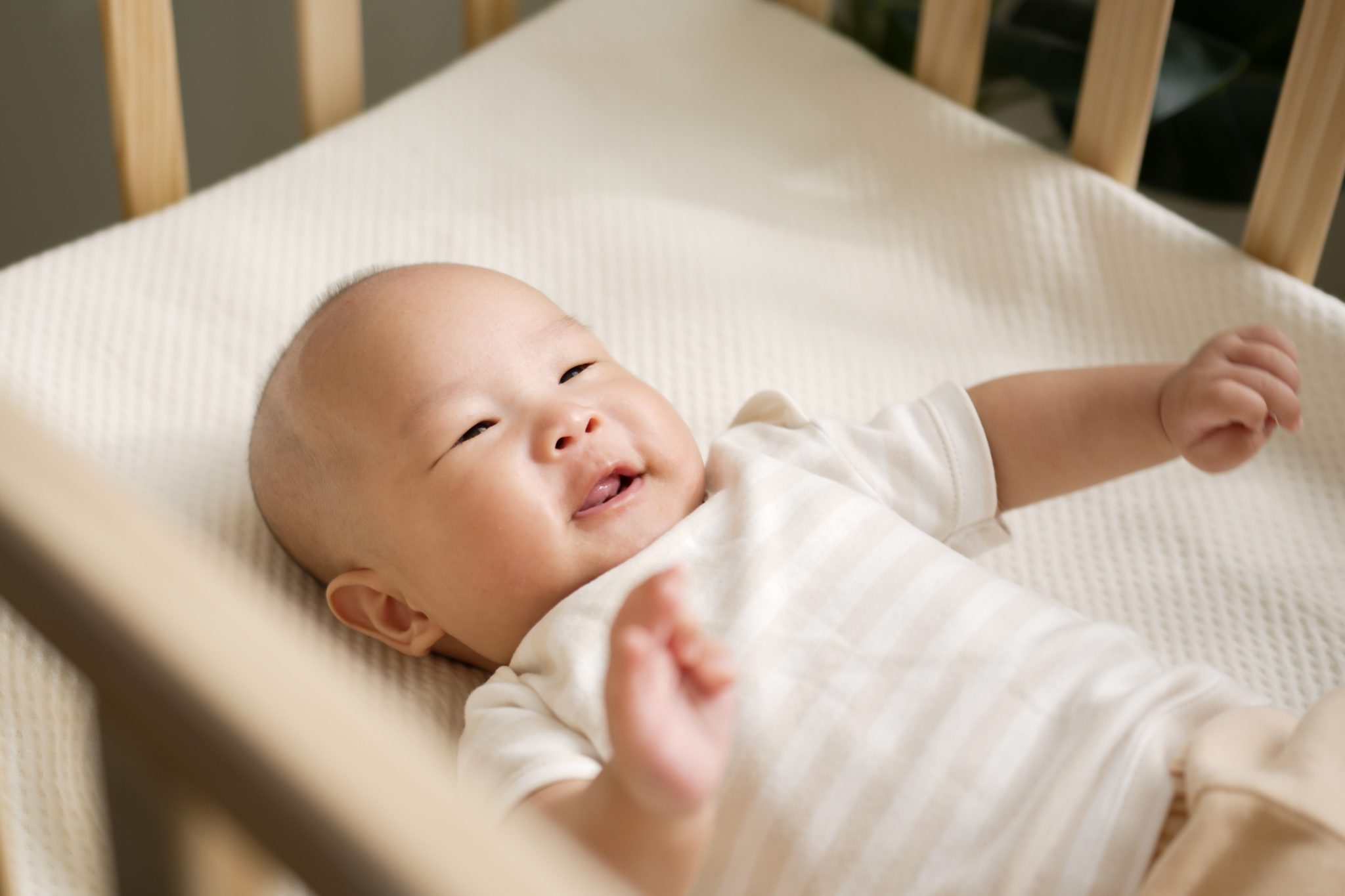
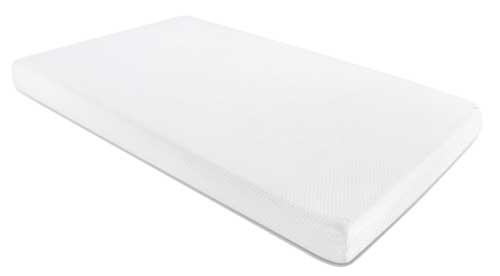




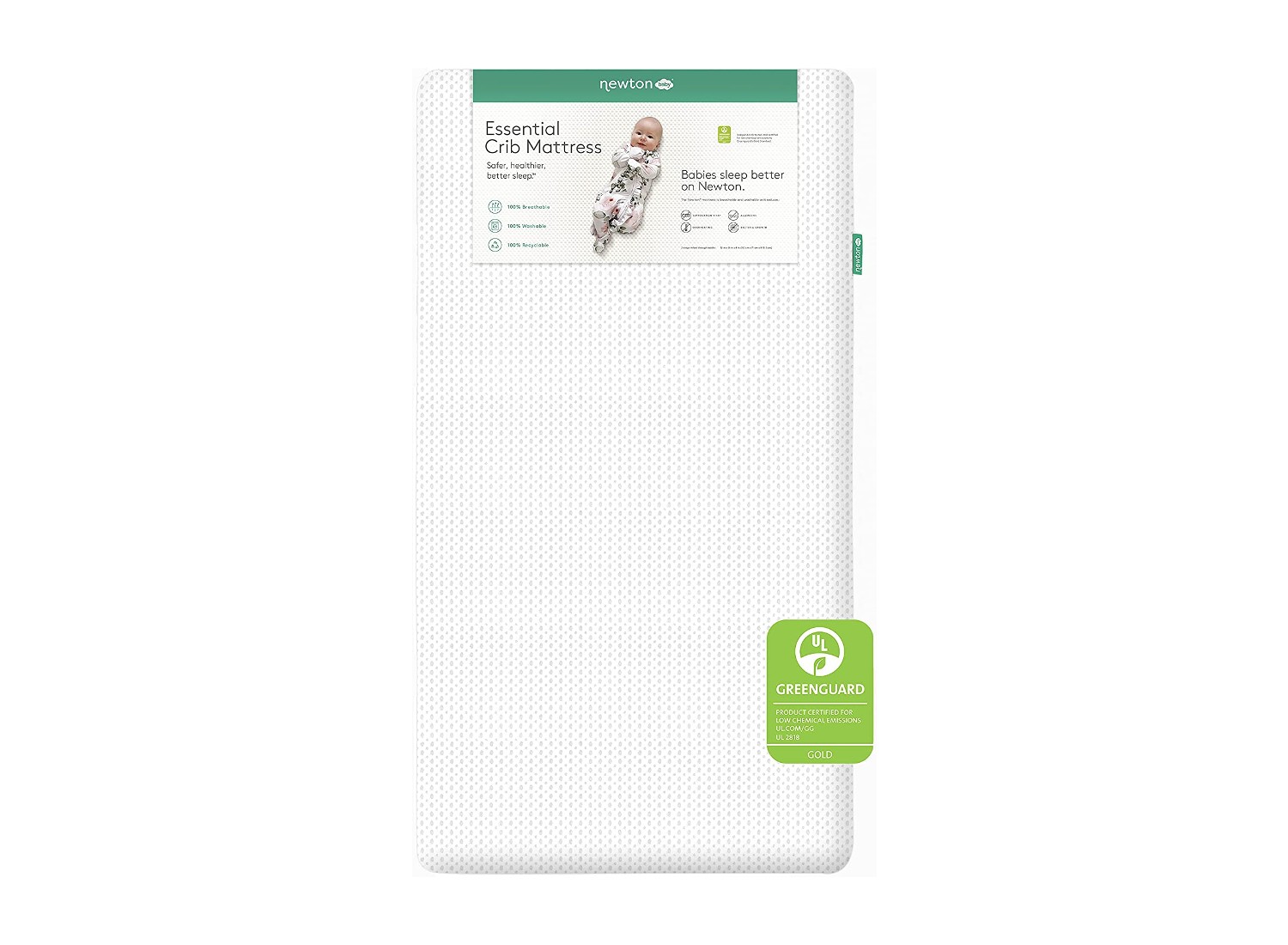
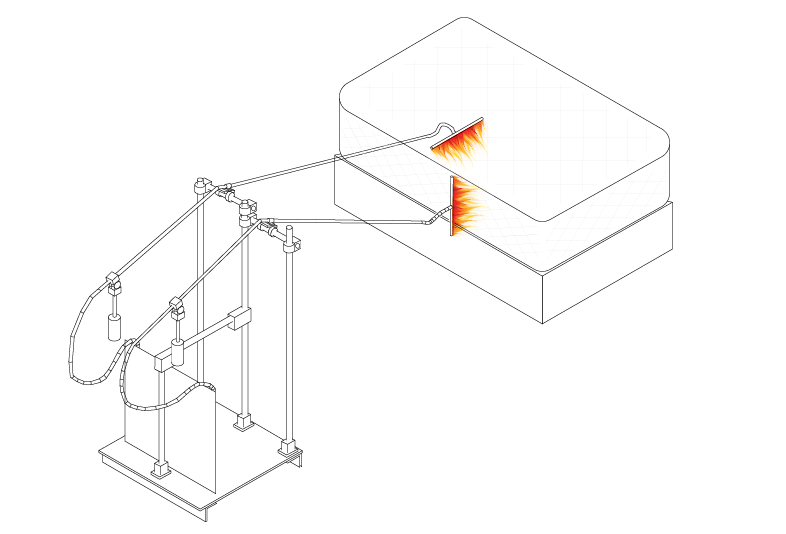
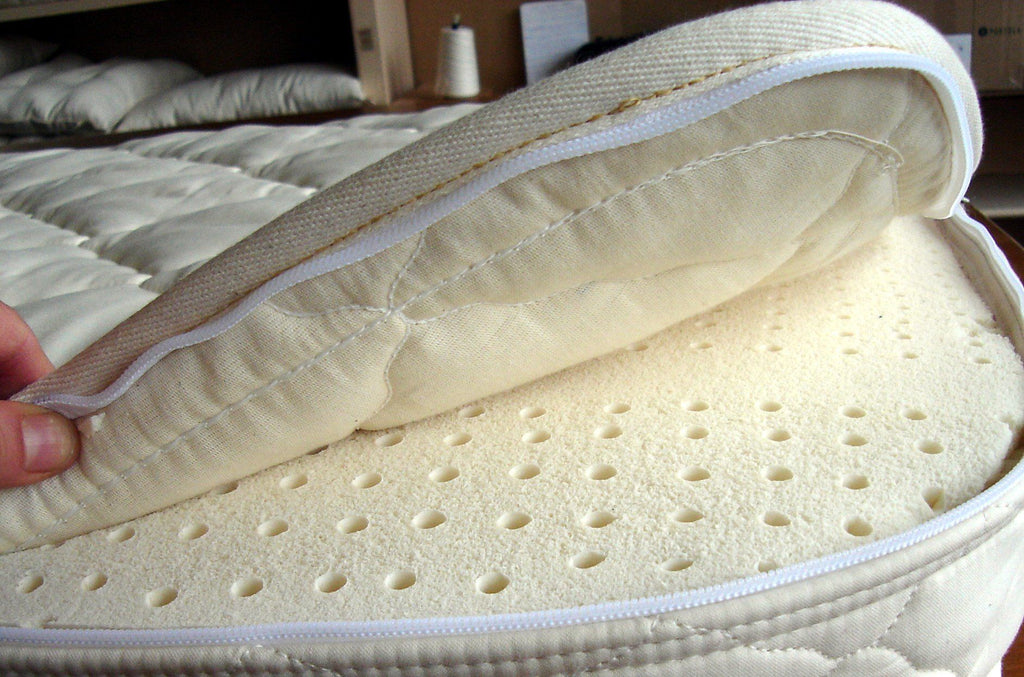

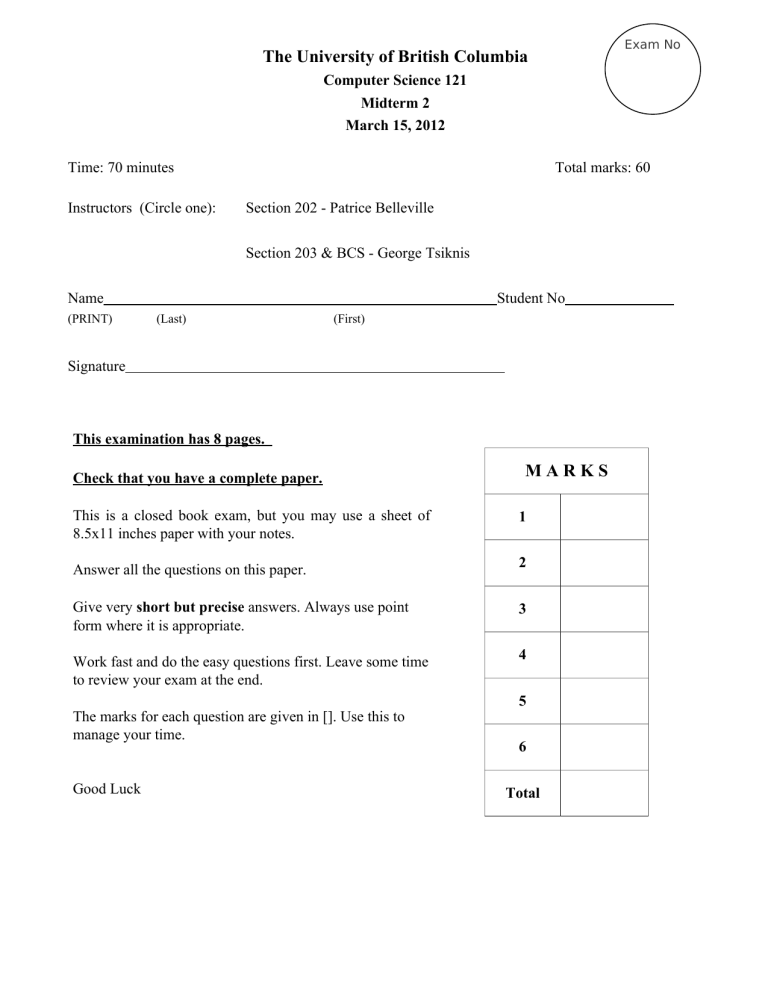

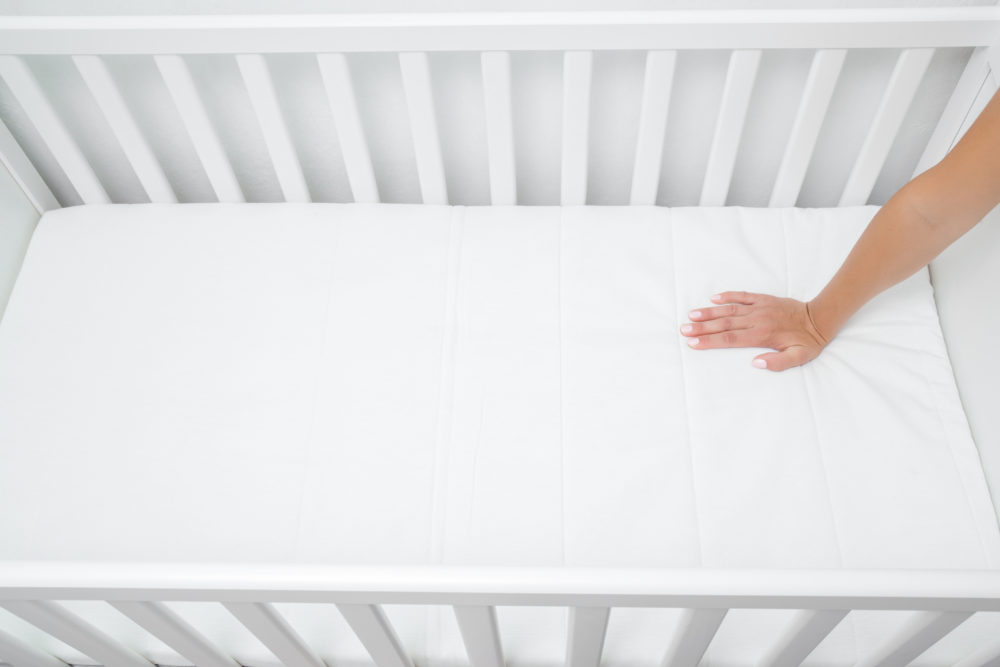



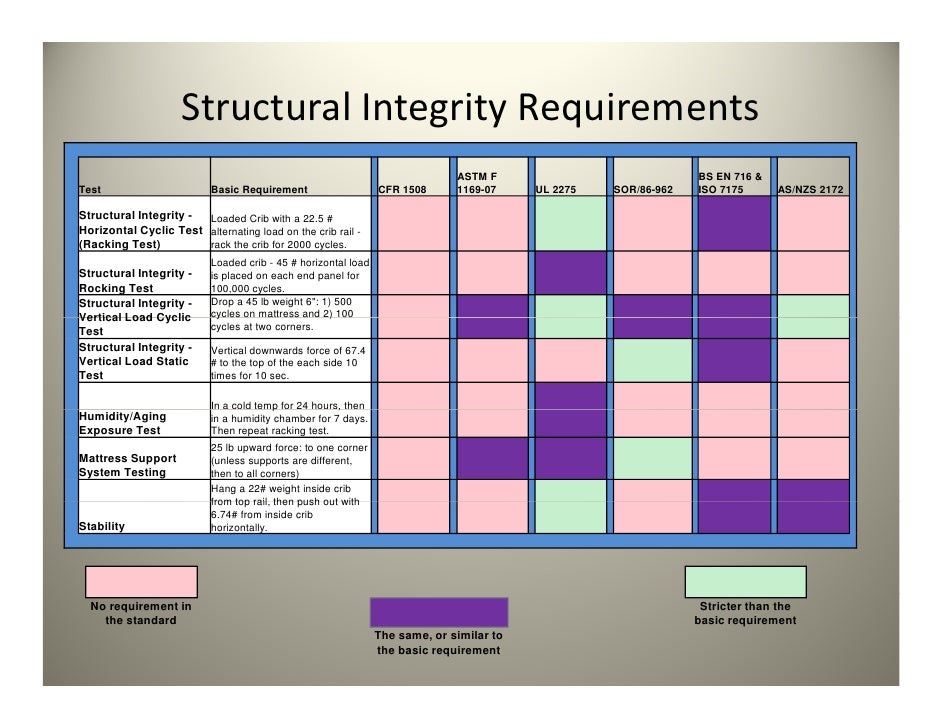



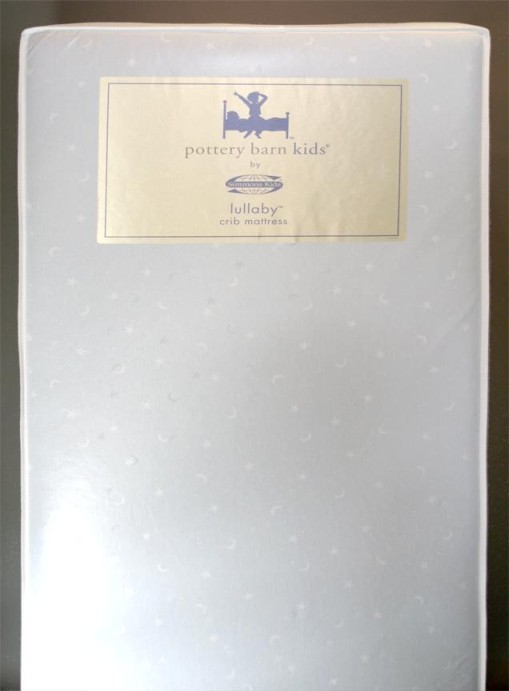

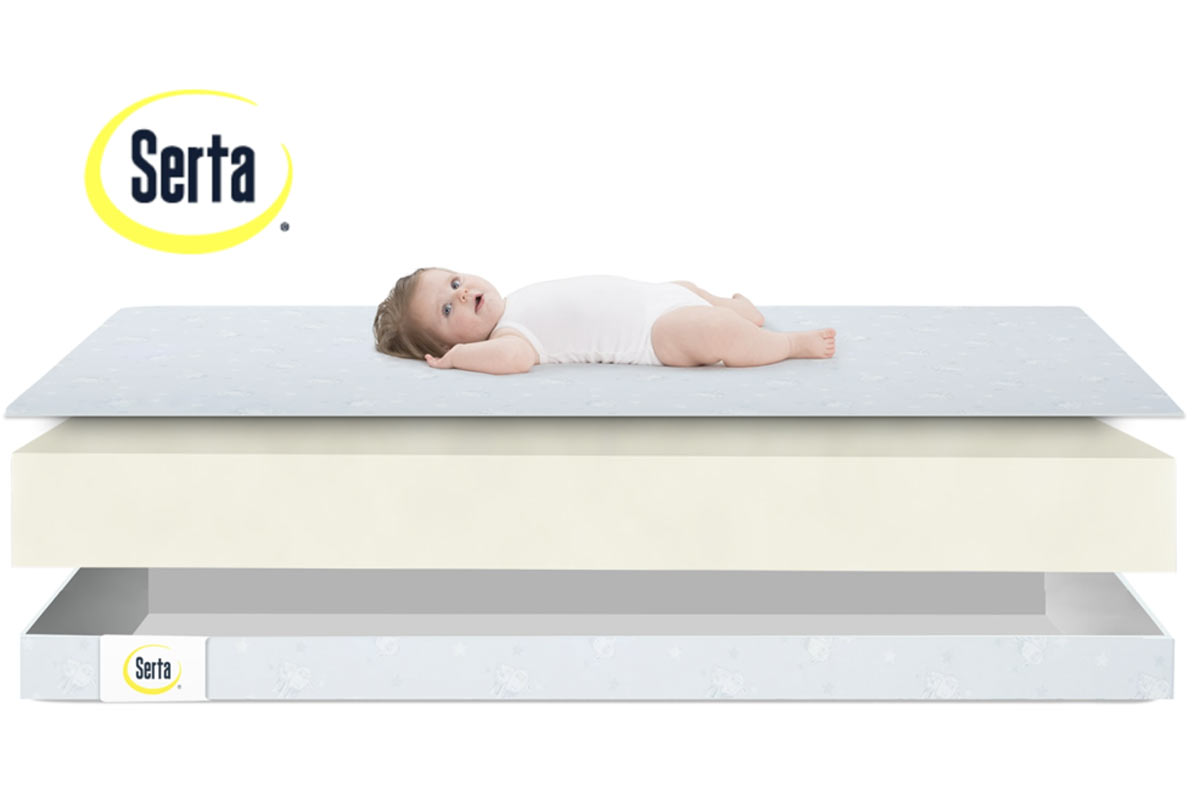

_0.jpg?ZMQTKakZ2jGarck3VxrwDgzjnvGJaRkf)


